After the engine has sufficiently warmed up (engine coolant temperature of 80 °C or more), depress the accelerator pedal and drive the vehicle at a speed of 20 km/h or more for about 15 to 20 minutes to eliminate the PM. When "DPF malfunction" is indicated. Contact an expert repairer, we recommend an Authorised Mazda Repairer. Without.. Instead of the 2.0 litre or 2.5 litre SkyActiv-G petrol four-cylinder engines, there is a 2.2 litre SkyActiv-D twin-turbo diesel mill making 172 hp at 4,500 rpm and 420 Nm of torque at 2,000 rpm.
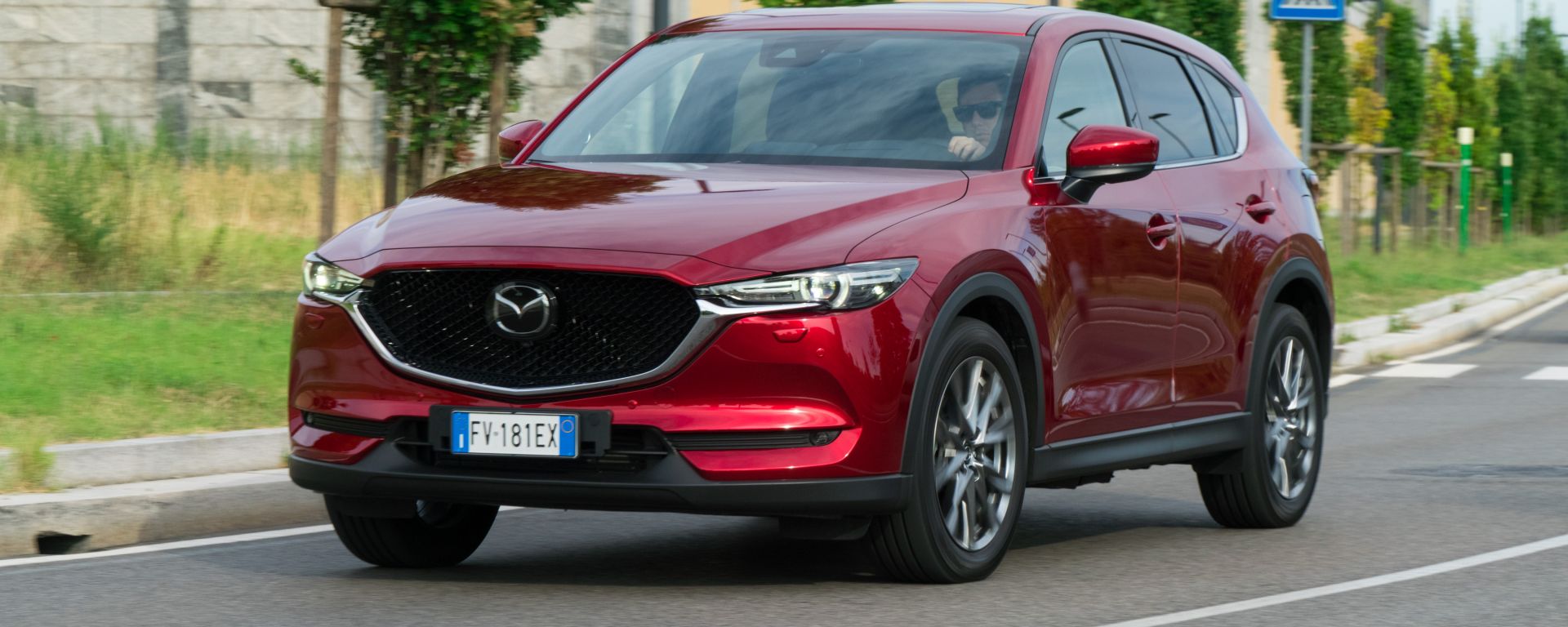
Mazda CX5 2.2 SkyactivD Exclusive AWD prova, opinioni MotorBox

Mazda CX5 2.2 SkyActivD 150 4x2 BVA6 Elégance (ToutTerrain) Auto Journal
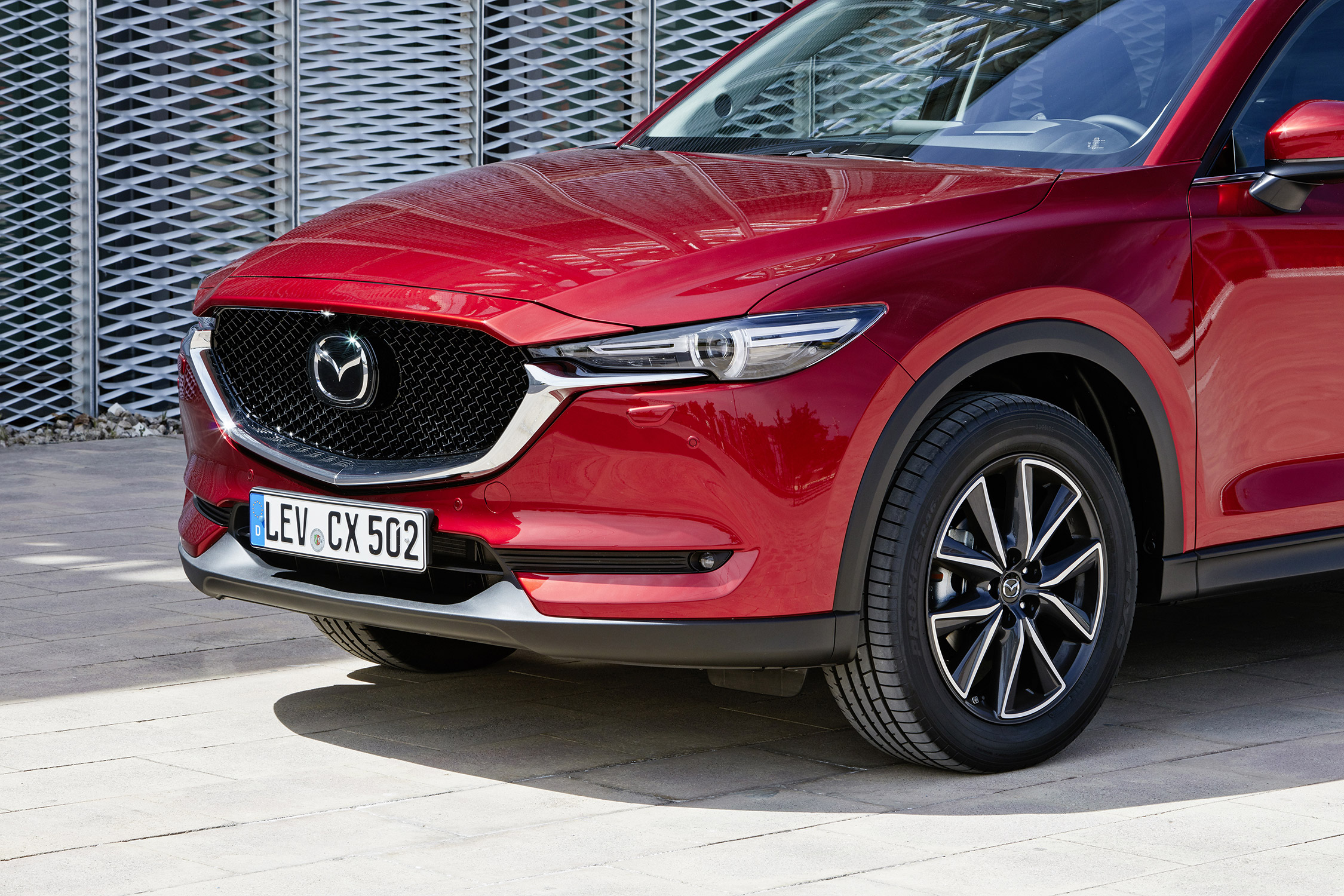
photo MAZDA CX5 2.2 SKYACTIVD 175 ch SUV 2017

Mazda CX5 2,0 SKYACTIVG AWD Premium Plus Business 6AT 5ov QN1Y 4x4 2019 Used vehicle Nettiauto
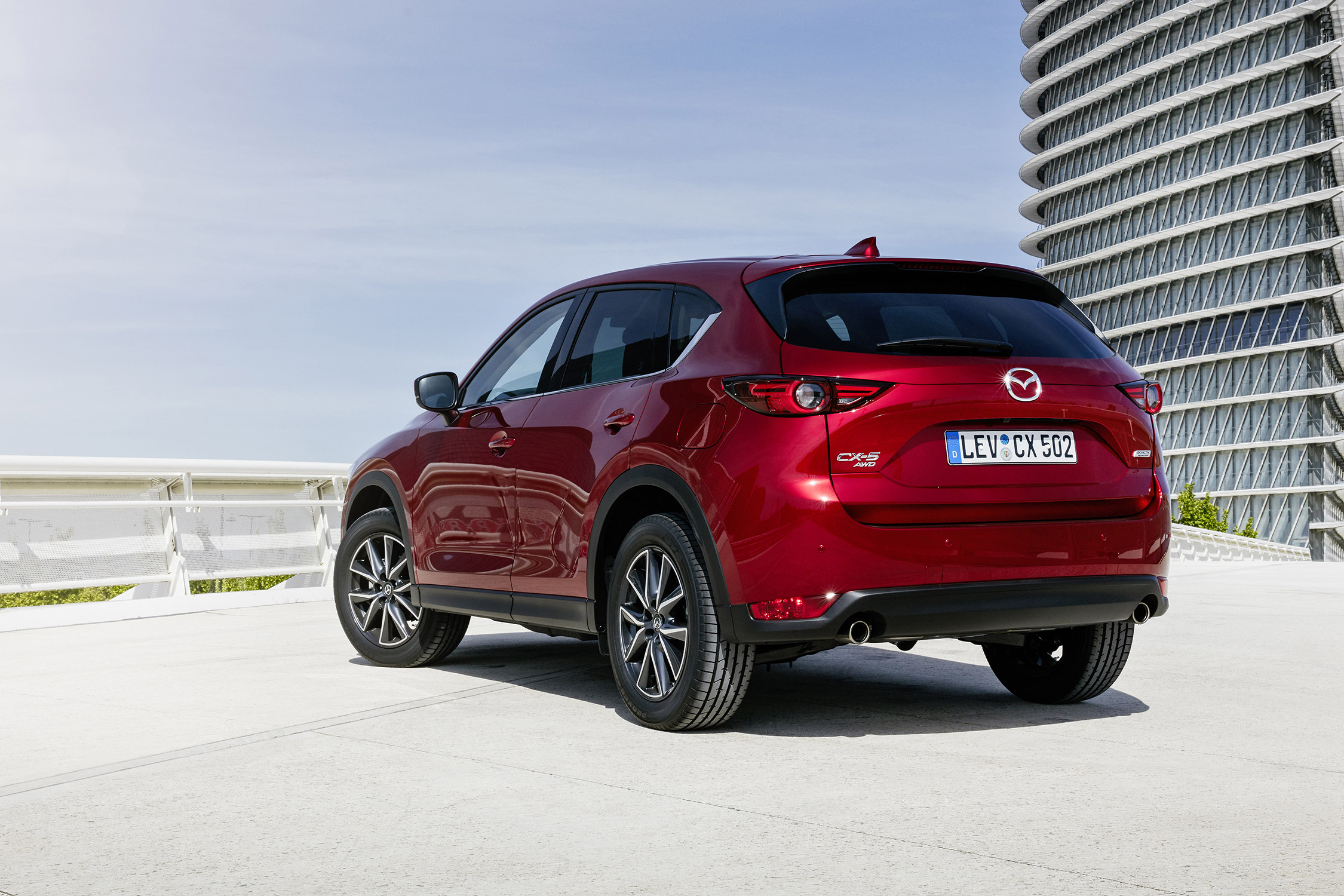
photo MAZDA CX5 2.2 SKYACTIVD 175 ch SUV 2017

ファイルMazda CX5 2.0 SKYACTIVG AWD SportsLine Frontansicht, 3. September 2012, Düsseldorf.jpg
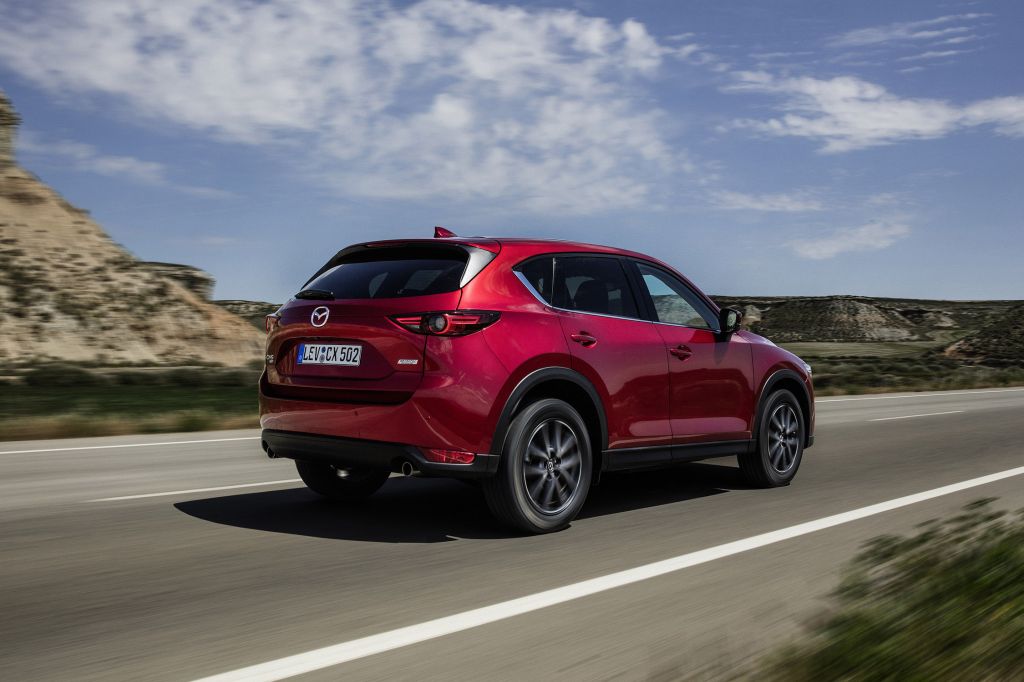
photo MAZDA CX5 2.2 SKYACTIVD 175 ch SUV 2017
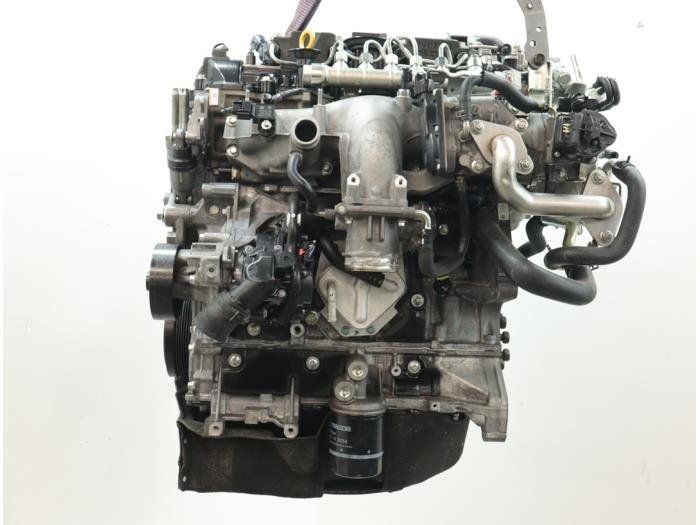
Motor Mazda CX5 2.2 SkyActivD 150 16V 4WD SHY100 SHY1
.jpg)
New Mazda CX5 2.0 eSkyactiv G MHEV Newground 5dr Petrol Estate for Sale Bristol Street

Mazda CX5 2.0 GL SkyactivG 2WD_Ext5 Paul Tan's Automotive News

Mazda CX 5 2.2L Discover Diesel Power and Technology Now!
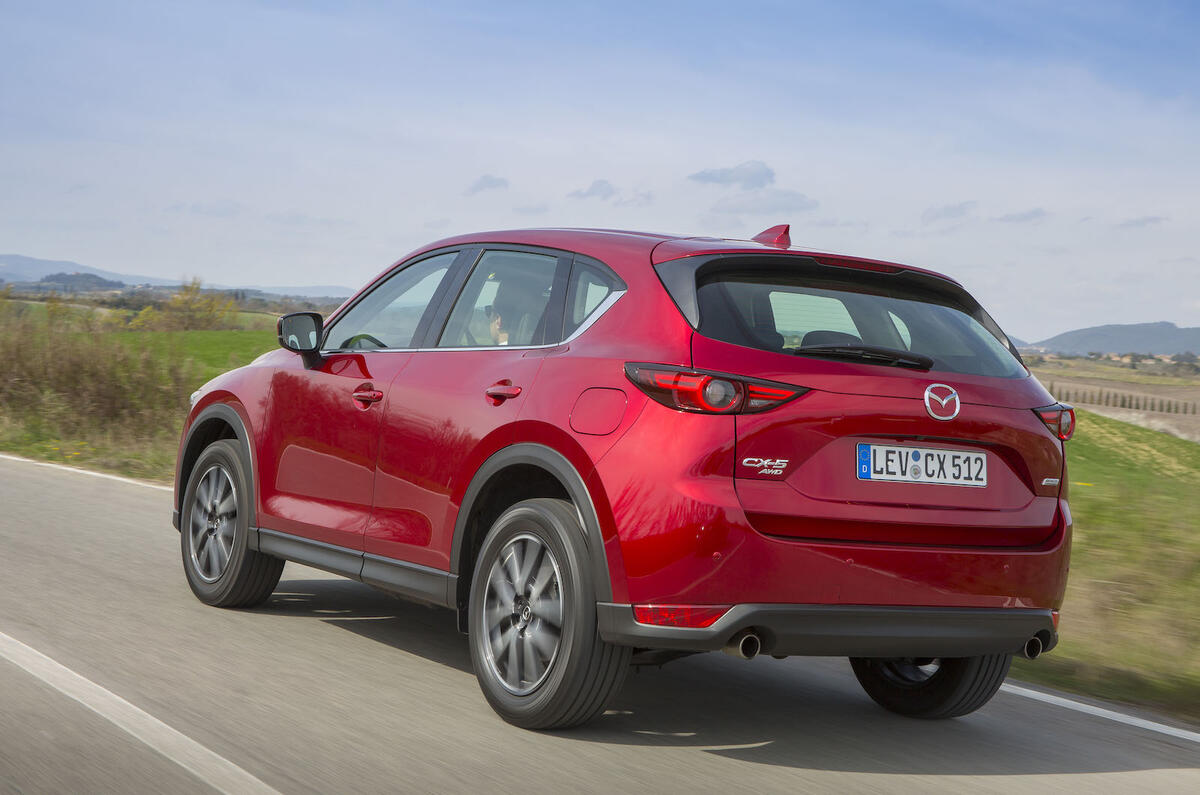
Mazda CX5 2.2 SkyactivD 2017 review Autocar
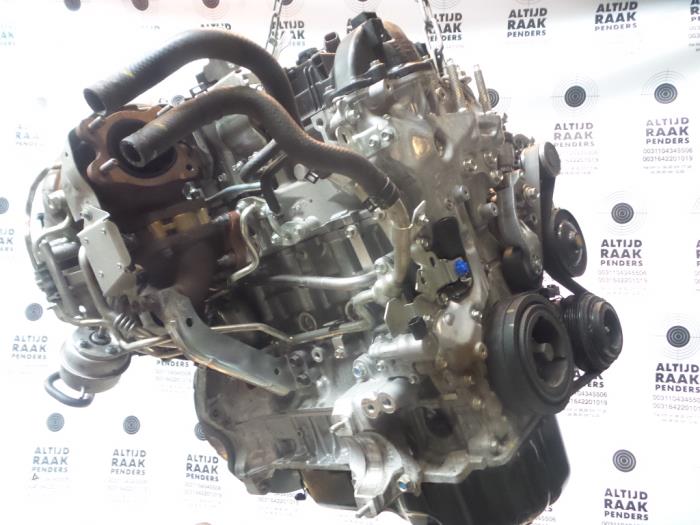
Engine Mazda CX5 2.2 Skyactiv D 150 16V 4WD 30445764 SH

Mazda CX5 2.2 SkyactivD 2017 review Autocar

Mazda CX5 2.2 SkyactivD 175k AWD Revolution A/T za 13.499 € Autobazár.EU
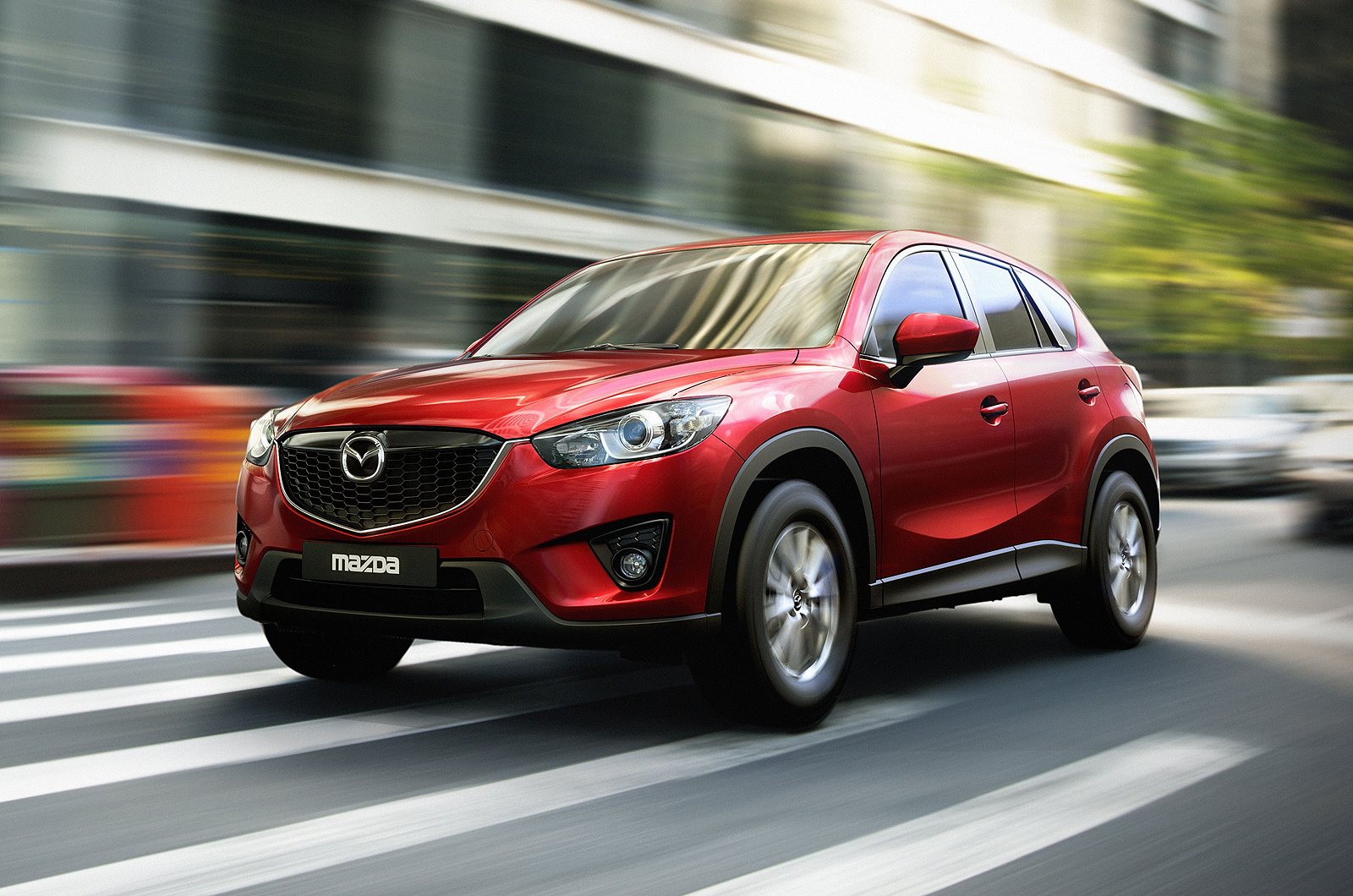
Mazda CX5 2.2D SkyactivD FWD first drive Autocar
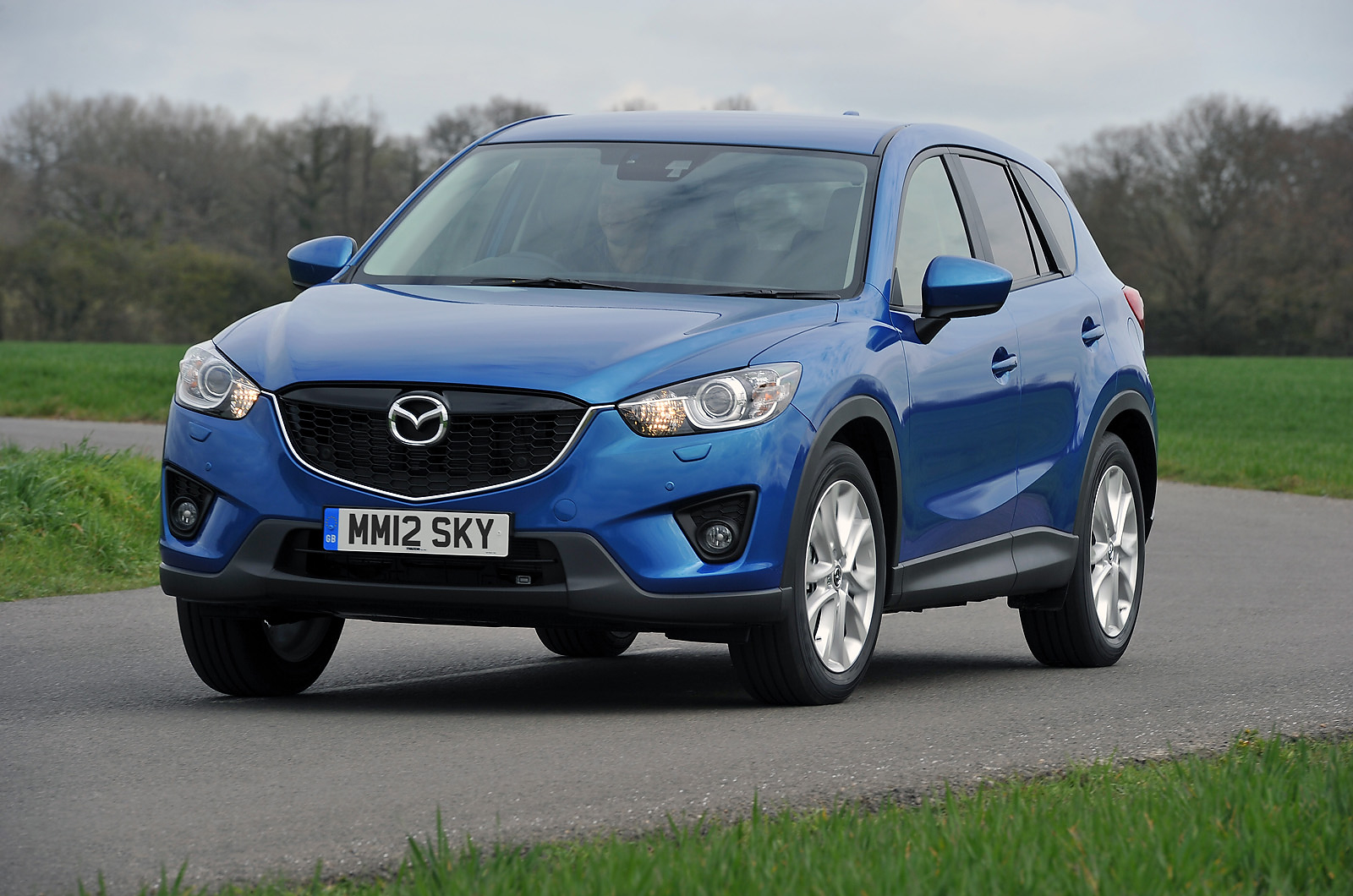
Mazda CX5 2.2 SkyactivD 150PS 2WD Autocar
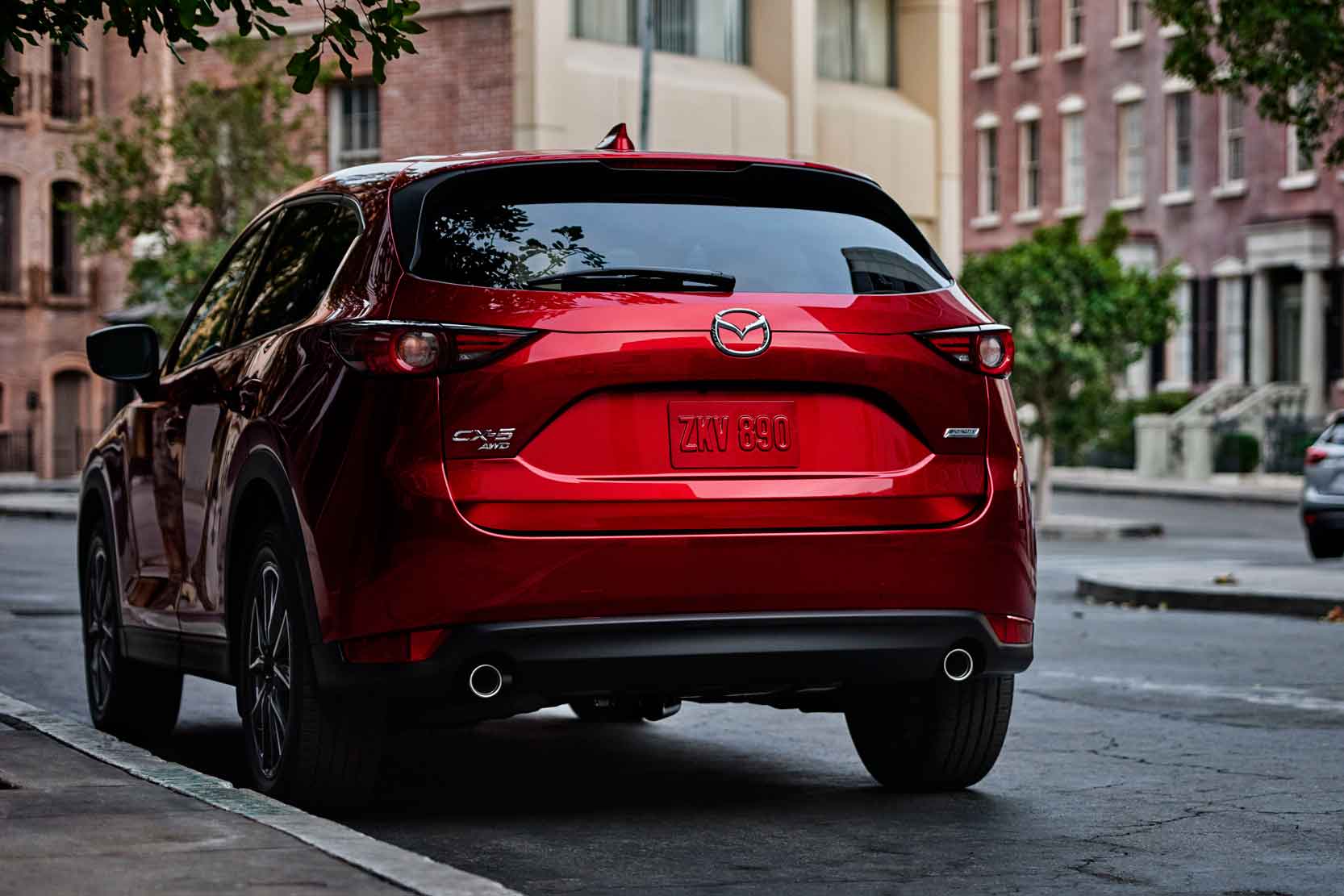
Fiche technique Mazda CX 5 2.2 SKYACTIVD 184 AWD 2020
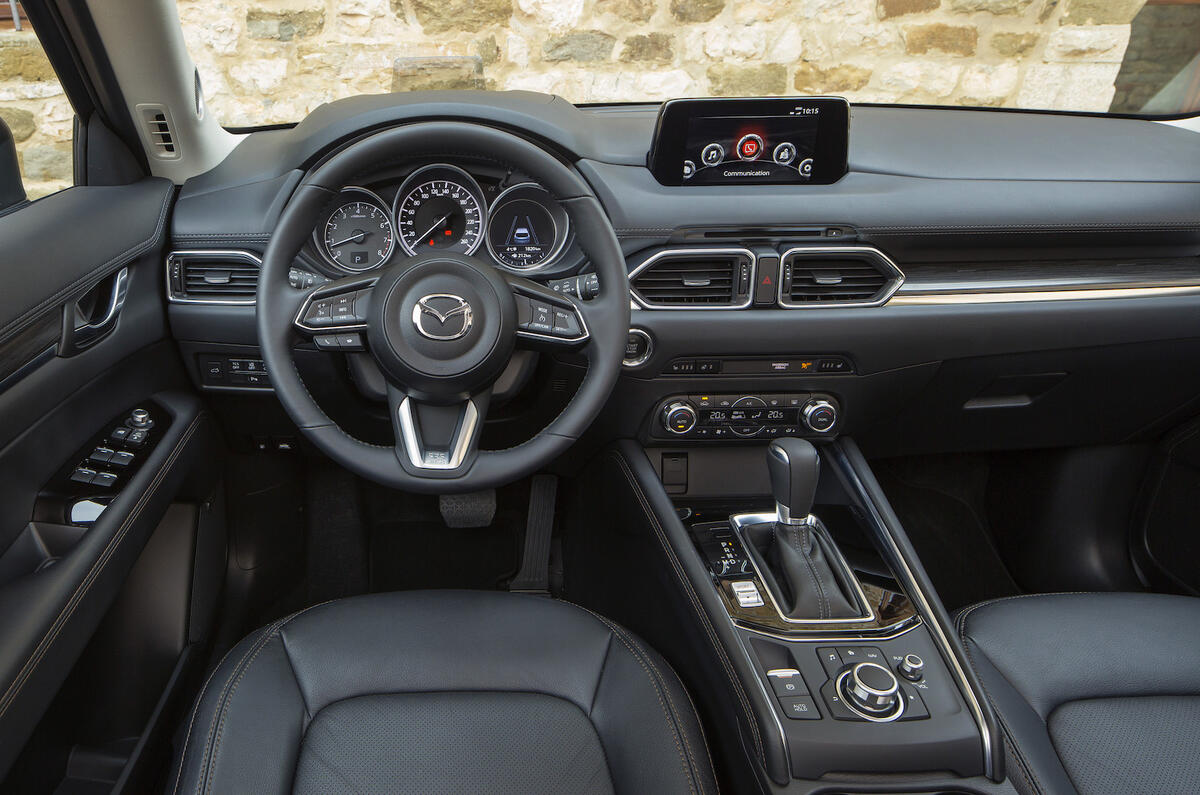
Mazda CX5 2.2 SkyactivD 2017 review Autocar
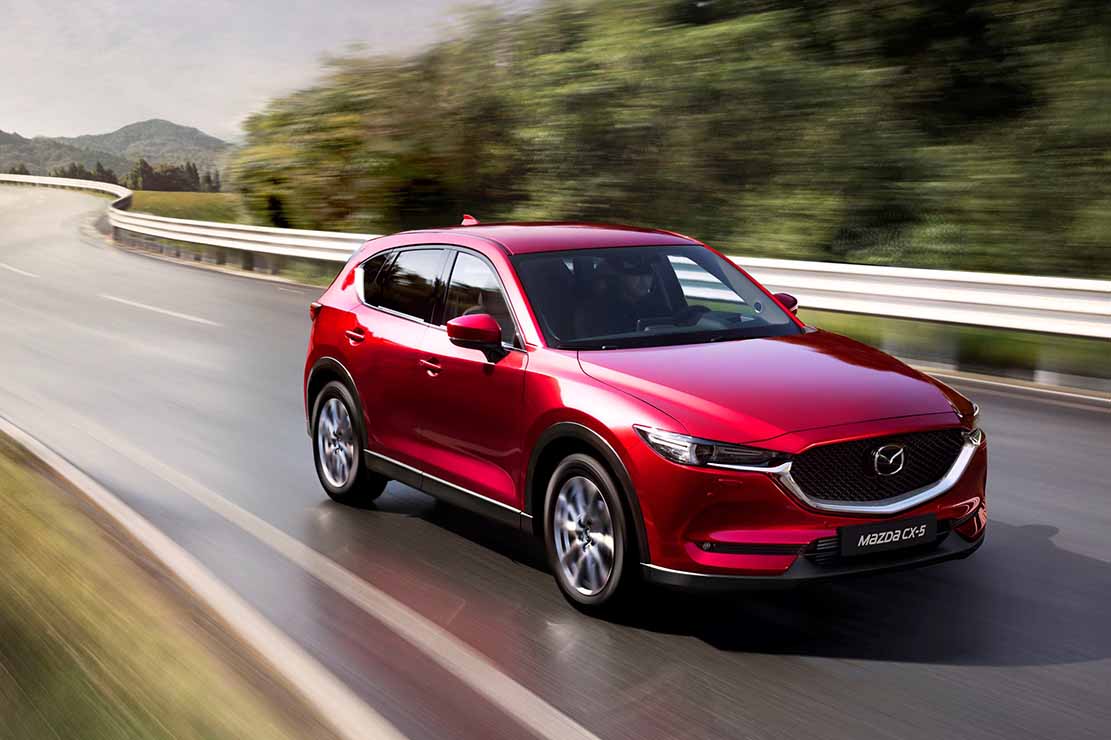
Fiche technique Mazda CX 5 2.2 SKYACTIVD 184 AWD 2020
Mileage: 8,634. Economy: 41.7mpg. We deliberately chose to run a diesel -engined version of the latest Mazda CX-5 to see if this fuel option still has a place on anyone's shortlist. And even.. (SKYACTIV-G 2.0 and SKYACTIV-G 2.5) It is normal for all engines to consume engine oil under normal driving conditions. Engine oil consumption may be as high as 0.8 L/1,000 km (1 L/800 miles). This may be as a result of evaporation, internal ventilation or burning of the lubricating oil in the working engine.